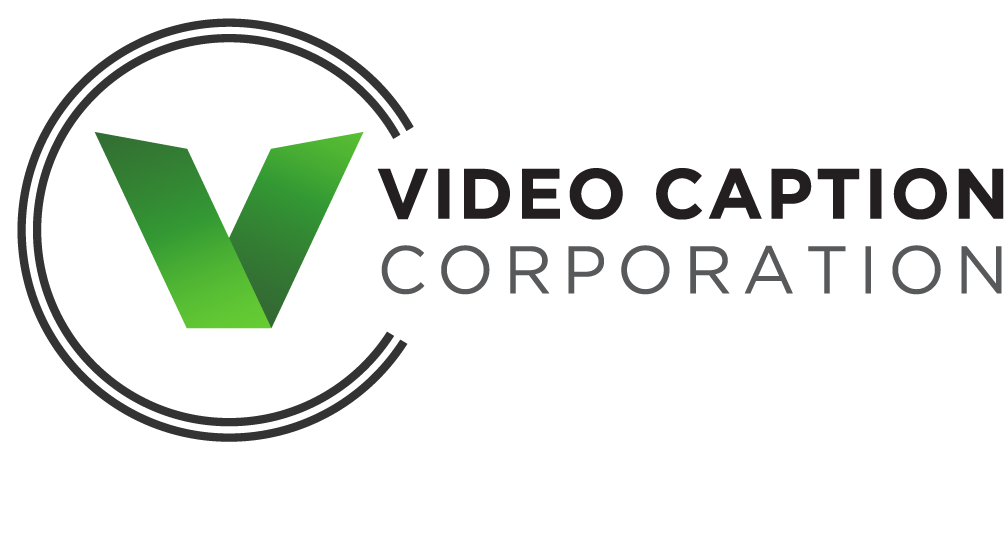Okay, right now you’re probably wondering what a movie trailer with over 75 million views has to do with your online video content strategy. Well, the short answer to that question is, ‘plenty’. Yes, Star Wars is an insanely popular franchise with seemingly unlimited resources. But that’s not what made the first trailer of ‘The Force Awakens’ a viral phenomenon that is currently sweeping the planet. It’s the fact that the folks behind the trailer followed proven video optimization guidelines during production—guidelines that are available to all video content producers, no matter how well funded they are.
If you’re ready to unleash the force of great video content upon your online audience, here’s a look at the key lessons that trailer #1 of ‘Star Wars Episode 7: The Force Awakens’ teaches about video optimization.
Lesson #1- Tailor Content To Fit Your Target Audience
After being largely disappointed by Episodes 1,2, and 3, Star Wars fans had huge expectations for Episode 7. And trailer #1 didn’t disappoint. The opening shot is of the Tatooine desert, a familiar location seen in Episode 4 that instantly tells the audience that they’ve ‘come home.’ And then a mysterious voice chimes in, ‘There has been an awakening. Have you felt it?’ Suddenly, the viewer isn’t just watching a movie trailer; they’ve been acknowledged and invited to join the journey. Then follows a rapid progression of short action sequences, all of which seem both familiar and new at the same time. As the trailer concludes, the audience knows that the makers of this movie get them, and that ‘The Force Awakens’ promised to deliver the experience they’ve been hoping for.
For video content creators the lesson is simple. Make sure that your videos are focused and optimized on your target audience. Show them that you understand their needs, wants and expectations by creating content that addresses them personally and makes them willing participants instead of mere spectators.
Lesson #2- Get Optimized for SEO and YouTube Search
In the past, trailers shown in movie theaters had a captive audience. Then the web emerged and the online movie trailer was born. But posting a video online doesn’t automatically guarantee that an audience will find it. To maximize traffic and video views certain things must be done to optimize your video for SEO and YouTube search, such as:
Including quality keywords: Major movie studios face the same SEO problems that mom and pop video creators do. And one of those problems is that search engines lack the ability to make any sense out of video content. When uploading a video to YouTube, it’s critical to include the proper keywords you want to rank for in the title and description. A good approach to determine the best keywords for your video is to use tools such as Google’s AdWords Keyword Tool, and then conduct a search on YouTube to see how many other videos are competing for that keyword.
Making titles, descriptions and tags SEO-friendly: YouTube limits video titles to 100 characters. So it’s best to put the most important keyword(s) as close to the beginning of the video title as possible. For example, the first two words in the trailer of ‘The Force Awakens’ are ‘Star Wars.’ Titles should also be short because only 50-55 characters will actually be seen in the search results. Plus short titles are far more ‘grabby to an audience than long ones.
Video descriptions and tags allow video creators to include extra text related to their content—text that the search engines can read when indexing their videos. Descriptions and tags should be tightly and carefully crafted with SEO in mind, as space is very limited. Be sure to include the same keywords you used in the title in the video’s description and tags, so that the search engines will recognize the correlation.
Adding closed captioning: Depending on the nature of your video content, adding closed captioning is another SEO optimization technique that can bring big results. While making your video more accessible to a wider audience and enabling viewers to watch your video in more places, closed captioning is shown to boost video SEO.
A recent study by Discovery Digital Networks showed that Google indexes closed captions uploaded to YouTube videos, making them more likely to rank higher in searches for relevant keywords. The study also revealed that when current YouTube videos were captioned, the number of views shot up 13.48 percent within the first two weeks they were published. This information alone should be enough to convince marketers of the need to hire experienced closed captioning companies.
Lesson #3- Never Underestimate the Power of Great Content
Before the Internet, movies such as ‘Star Wars Episode 4: A New Hope’ became box office sensations through an organic process known as ‘word of mouth. This didn’t happen because the movie featured ground-breaking special effects—although it did. It happened because the movie told a great story in a way that engaged, entertained and flat out captivated its audience. The trailer for ‘The Force Awakens’ has received over 75 million views because it promises to tell more of that great story in a way the audience can relate to.
In creating your video content, remember that no video optimization tool or technique will matter unless you can deliver engaging, relevant and shareable content. And may the force be with you in your efforts.


